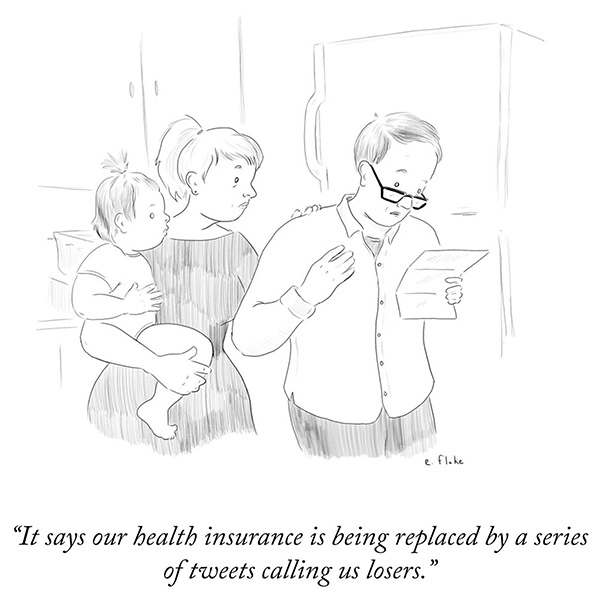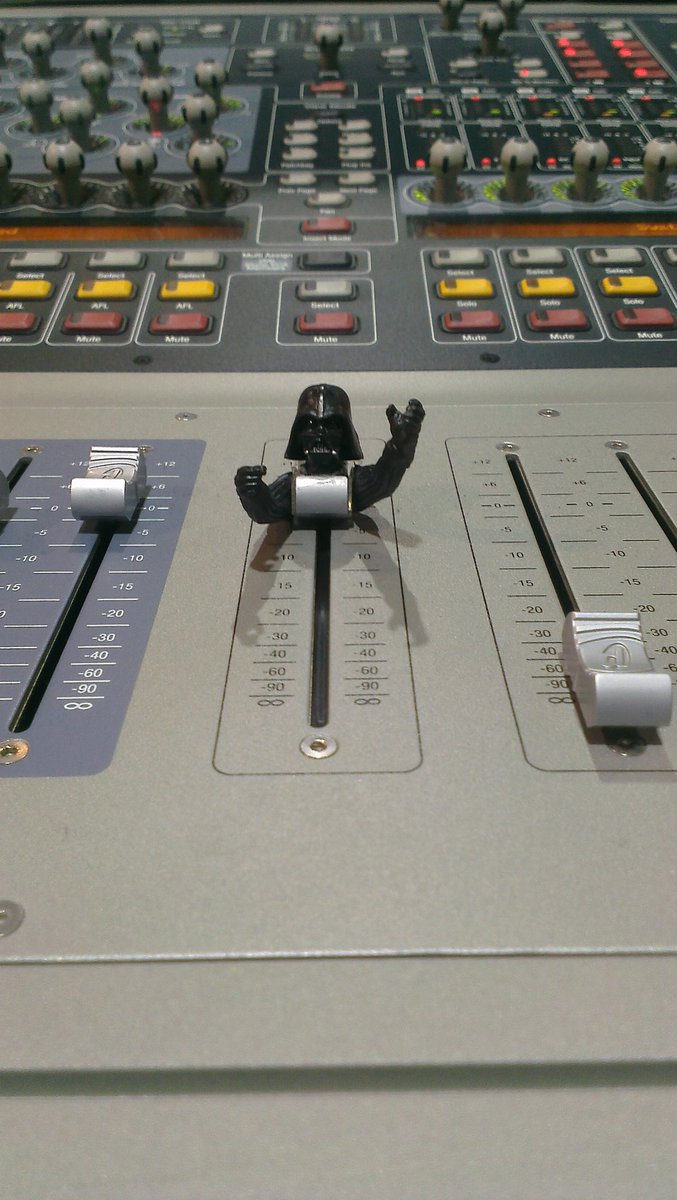
The next four years will be terrible for all sorts of people in the U.S., but a gold mine for New Yorker cartoonists. This one was drawn by Emily Flake, who has a darkly amusing new book titled Mama Tried.

The next four years will be terrible for all sorts of people in the U.S., but a gold mine for New Yorker cartoonists. This one was drawn by Emily Flake, who has a darkly amusing new book titled Mama Tried.

Click the photo to experience the Florida Dog story at full size.
Perhaps the Guerrero family were setting themselves up for trouble when they named their pit bull mix “Scarface” (but hey, it’s a very Florida name, so why not?), but they sealed the deal when they tried to put a sweater on the dog.
The dog was so upset with being made to wear a sweater that it took a lot to subdue it. In fact, it took so much that you could sing the list of measures to the tune of 12 Days of Christmas, starting with “5 gold rings”:
With the exception of a couple of relatively chilly days, it’s been a warmer-than-usual December here in Tampa. The last thing a dog here needs is a sweater.

Many people believe a lot of falsehoods about pit bull terriers, so it’s worth reading this article: Pit bulls — the myths, the legends, the reality.

“2017” in balloons at my local Publix. This is as well as I could arrange and photograph them before the people in charge of the balloons shoo’d me away.
Happy 2017!
Rather than write about whether or not 2016 was a terrible year (John Oliver summed it up far better than I could; note that there’s swearing) or a great one (hey, I landed a great new job featuring a significant pay raise and took Anitra to both the Philippines and the United Kingdom), I spent an hour this morning putting together a set of mini-programs that explore some of the interesting properties of the number 2017.

That’s right: I spent the morning after a pleasantly boozy New Year’s Eve doing programming and math. Because that’s how I roll.
I was inspired by TJ Wei, who posted an article titled 2017 is not just another prime number, in which he states the following about the number 2017:
In case you’d forgotten your math, a prime number is a whole number that is:
2, 3, 5, and 7 are primes; 4, 6, 8, and 9 are not.
Prime numbers have always been interesting to mathematicians, and they have all sort of interesting uses, including cryptography, which is useful for keeping things like your files, communications, and your e-commerce transactions secure:
Rather than take Wei’s word on his fun facts about 2017, I decided to test a few of his statements using SageMath. The “Sage” in SageMath is short for “System for Algebra and Geometry Experimentation) and it’s an online system that lets you perform calculations and share your results.
For the statements about the number 2017 that I tested, Wei is correct! Perhaps I’ll test the others later and update my post.
As for me, it’s time to head off to the gym. Happy new year, everybody!
Here’s funny math guy Matt Parker, the Standup Mathematician, sharing 17 facts about the number 2017 in 2 minutes, 17 seconds:
